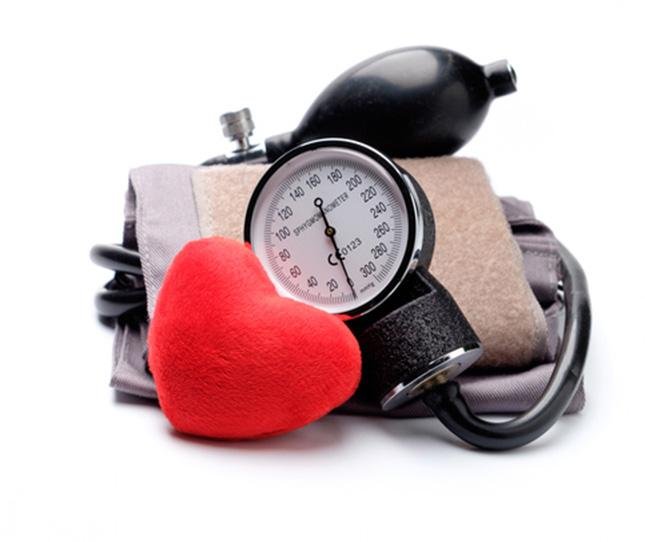You don’t need a complicated dashboard—just five numbers you collect consistently, review with your doctor, and act on with simple habits. Trends over months matter more than any single reading.
1) Blood Pressure
Elevated blood pressure often has no symptoms but strains the heart and vessels over time. A home cuff or pharmacy measurement gives you quick insights.
How to measure
- Sit quietly for 5 minutes; feet on the floor, arm supported at heart level.
- Take 2–3 readings, 1 minute apart; log the average.
- Measure at a similar time of day each time.
What to watch
- Consistently high readings over several days or weeks.
- Large differences between arms (mention to your clinician).
- Rising trend alongside poor sleep or high stress.
2) Resting Heart Rate
A lower resting heart rate generally reflects better cardiovascular fitness. Track first thing in the morning or use a wearable.
Improve the trend
- Regular walking and 2×/week strength sessions.
- Consistent sleep and basic stress management.
- Avoid late caffeine and heavy meals close to bedtime.
3) Waist Circumference
Waist size is a simple proxy for visceral fat. Reducing it tends to improve multiple health markers.
How to measure
- Stand relaxed; measure at the navel after a normal exhale.
- Use the same tape and position each time.
- Track weekly; look for gradual downward trends.
Small habits
- 20-minute daily walks; add brisk intervals as able.
- Protein at each meal; prioritize whole foods and fiber.
- Limit alcohol and ultra-processed snacks.
4) A1C (3-month average of blood sugar)
A1C reflects average blood sugar over ~3 months. Keeping it in-range supports long-term metabolic health. Discuss testing frequency with your healthcare professional.
Support good numbers
- Post-meal walks (10–20 minutes) to help glucose control.
- Balanced plates: veggies, lean protein, whole grains.
- Regular meal times; avoid extreme crash diets.
5) Cholesterol Profile (LDL/HDL)
Your lipid panel gives a picture of cardiovascular risk. Look at the full profile over time, not just one value.
Food pattern helpers
- Olive oil as main fat; nuts and seeds daily.
- Fatty fish 2–3×/week; more legumes and fiber.
- Limit trans fats and frequent deep-fried foods.
Training helpers
- 2× strength sessions weekly to support body composition.
- Daily walking or light cardio for circulation.
- Progress gradually; consistency beats intensity.
Your yearly plan (at a glance)
- Quarterly: log home blood pressure and resting heart rate averages.
- Monthly: measure waist circumference; review walking/strength streak.
- Yearly (or as advised): labs for A1C and lipid profile; discuss trends and next steps.
Bring this to your next appointment
- “Here are three months of home BP and resting HR—what stands out?”
- “Can we set goals for A1C and LDL/HDL and decide when to re-test?”
- “Any adjustments to my walking and 2×/week strength plan?”
This article is for general information only and does not replace professional medical advice. Seek medical care if you notice warning signs like chest discomfort, sudden dizziness, new swelling, or shortness of breath at rest.


